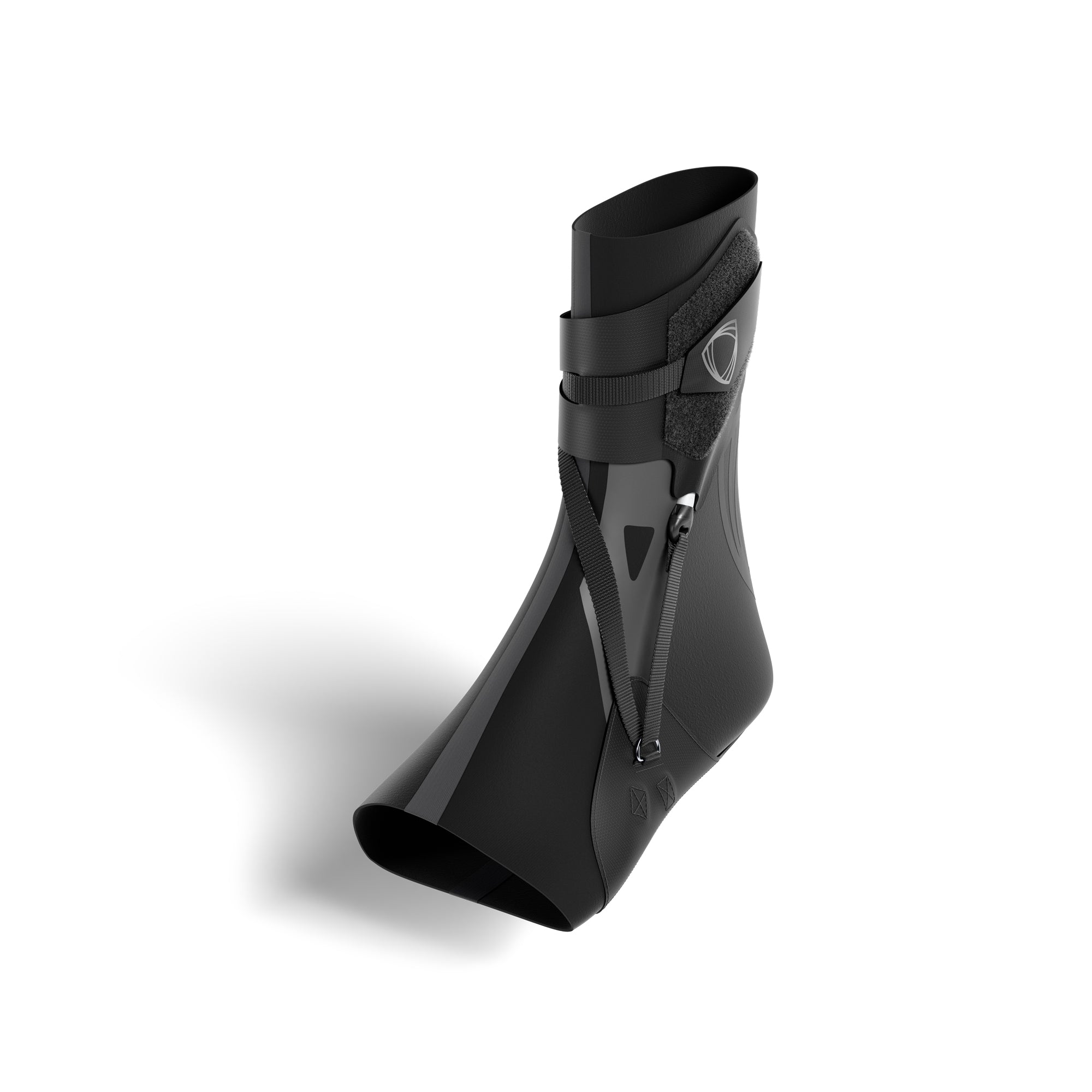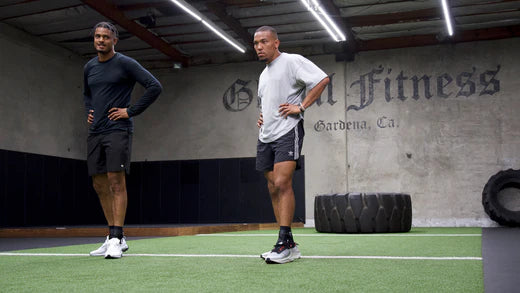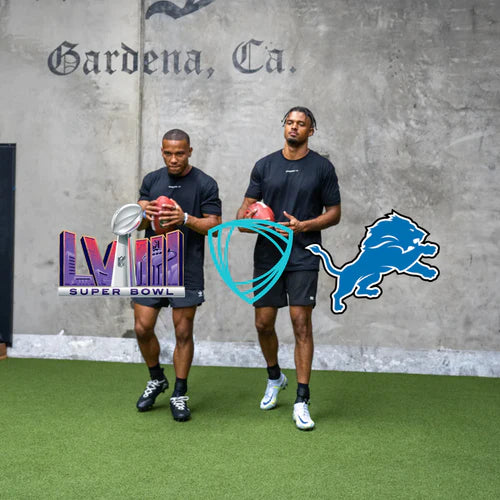Want to create a training plan that will really get you ahead? Then you need more than just good intentions: a clear structure, a realistic goal, and tools that will help you stick with it. In this article, you'll learn how to build a sensible plan and avoid common mistakes.
Why a structured training plan is crucial
If you train without a plan, you not only waste time, you also risk injury. If you just do anything, you often stagnate or overexert yourself. If you want to create a training plan that really gets you ahead, you first need structure and a realistic goal.
A good plan shows you where you stand and how you can improve in a meaningful way. You can see your progress and notice when something isn't right. This also helps you to stay consistent.
Common mistakes when training without a plan:
- You train too often or too hard
- You don't take breaks
- You always do the same thing
- You don't notice when your body says stop
What makes a good training plan
A training plan will only bring progress if it does more than just string exercises together. It needs a specific goal, an honest assessment of your current fitness level, and a realistic schedule for your training. Otherwise, you'll get lost in the details or push yourself too hard too soon.
Don't want to put everything together yourself? A good template for creating a training plan will help you stay focused and increase your workload in a sensible way.
5 basics for your plan:
- Set a goal – be specific, not vague
- Check your status – what can you do, what can't you do?
- Plan your workload – in sensible intervals
- Build in breaks – deliberately
- Adjust regularly – nothing is set in stone
Creating a training plan – these are the most common challenges
Creating a training plan sounds easier than it is. Many people start out motivated – and then give up in frustration. Why? Because they lack goals. Or because they want too much too soon. Often, uncertainty is also a factor: How much is too much? How much is too little?
If you want to create your own training plan, you may be familiar with these questions: How do I increase my workload correctly? What should I do after an injury? And when do I need a break?
It doesn't help to click through YouTube videos and cobble something together. Creating your own training plan that works requires clarity. Only then will you avoid getting lost in the chaos. This is exactly where BetterGuards comes in.
How BetterGuards supports you during training
Stability without restriction – that may sound like a contradiction at first. But it's not. BetterGuards uses an adaptive system that activates instantly when you are at risk of twisting your ankle. The rest? Free movement, just as you need it – even if you want to create your own training plan and increase the intensity gradually.
You need confidence, especially when transitioning from rehabilitation to weight-bearing training. The brace gives you that confidence – without stiff orthoses or constant readjustment. BetterGuards is suitable for everyday use, inconspicuous, and easy to use. It helps you train at your level and gives you extra security.

Conclusion: Clear goals need a clear structure
Without structure, progress is left to chance. If you want to create a training plan, you need a goal, a plan – and, above all, equipment that keeps up with you.
BetterGuards protects you when it matters most – and gives you complete freedom of movement at every level so you don't lose the fun of training. Start with a system that doesn't slow you down, but keeps you safe. Get the right BetterGuard now and bring stability to your training.




